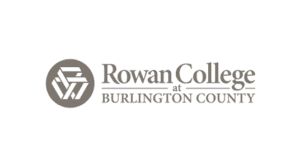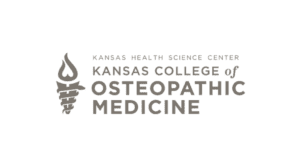When done right, SEO can yield an ongoing, free source of high-converting organic traffic for colleges and universities. More than half of prospective students begin their enrollment journey using search engines like Google.
But while students rely on search engines to find top schools, many higher education marketers overlook the importance of SEO. We listed 6 tips to get back on track with SEO best practices and climb search rankings.
Why is SEO So Important for Colleges and Universities?
Search engine ranking matters more than you may think. Statistics show that 28.5% of searchers click the top result, while only 4.8% make it to the second page of search results. The higher your college’s or university’s website ranks, the more prospective students will click on your website. But if you rank on page two and beyond, searchers may never find your institution.

Let’s do some math: The keyword “culinary school” gets ~8,100 searches per month. Assuming 28.5% of those clicks go to the first result, ranking for that term will give you ~2,308 clicks. Assuming a conversion rate of 10%, ranking for that term would give you an extra ~230 enquiries per month!
Being that all those clicks are “free”, in the sense that you don’t need to pay for the clicks, organic traffic is a valuable lead generation channel.
5 SEO Tips for Colleges and Universities
1. Perform a thorough SEO audit
Before you can build an effective SEO strategy, you need to understand which areas need work. That’s when a SEO audit comes into play. Tools like SEMrush, ahrefs, and Screaming Frog are a great starting point providing insights about your website’s health. If you want to dive deeper, we recommend working with a SEO professional who can read all technical and structural aspects of an audit.
Sign up for a free SEO audit, performed by Mason Interactive’s SEO experts.
2. Build content around searcher’s intent
It’s not uncommon for a higher education marketing professional to write site content that doesn’t align with search intent. A website like this can’t rank high, would you agree? A little research helps. Start by investigating your prospective student’s intent. Why did they perform a search? What are they looking to learn? Then, identify what search queries users type into the search box. This exercise will help you build a list of keywords to use across your site.
Identify a keyword strategy that involves a healthy mix of industry-standards and how prospective students may refer to programs or topics. Think “Industrial Organizational Psychology Degree Program” vs. “I/O psychology program”.
3. Optimize for local search to rank in local searches
When prospective students are looking for colleges or universities in a certain region, you want to make sure your institution is front and center. Claim your Google My Business listing and work on achieving NAP (Name, Address, Phone) consistency across your contact page and other local business directories.
This local SEO tactic can be automated using a local business management platform, such as Yext. Does your school have multiple campuses or offices? Create an individual Google My Business listing for each location.
Add each location as its own Google My Business listing.
4. Analyze and improve page speed
Let’s face it, nobody likes a slow loading site. But, besides upsetting users, slow page speed impacts SEO performance. Google’s Algorithm Speed Update announced page speed as a direct ranking factor. It also impacts search ranking indirectly because slow page speed increases bounce rate and reduces dwell time.
Google’s PageSpeed Insights tool analyzes your site’s speed and even provides recommendations for how to optimize it.
Image compression is an easy first step to reduce a page’s loading speed. Try free online tools like TinyPNG to quickly resize images before uploading them to your website.
5. Maintain brand consistency in Google search engine results page
How your institution is represented on Google search engine results page (SERP) is often a student’s first touchpoint with your brand. So, you should aim to give a good impression. While you can’t control what information things like Google Knowledge Panel pulls in directly, there are steps you can take to ensure accuracy:
- Update Wikipedia and ensure all data is accurate and up-to-date
- Claim your Google My Business profile and keep information up-to-date
- Claim the Google Knowledge Panel to make recommendations and send feedback to Google
- Consider paid partnerships with ranking sites that Google pull information from (such as US News and World Reports) and pay attention to how you’re submitting information

6. Remove problematic subdomains that damage SEO performance
Lastly, review all existing subdomains. Are they currently managed and kept up-to-date by someone? Remove abandoned subdomains that can cause a bunch of technical SEO issues for a school’s website. Typically, these subdomains are for internal purposes, or course catalogs, but house the most critical SEO implications, potentially damaging SEO value and ranking ability.
How to Implement SEO Best Practices for Higher Education?
Dedicate some time every week to optimize your college’s or university’s website for SEO best practices. The tips we listed in this article are easy to implement in-house and are guaranteed to improve your site’s SEO ranking.
If you’re finding SEO too tricky, contact Mason Interactive’s higher education marketing experts for additional support and guidance.























